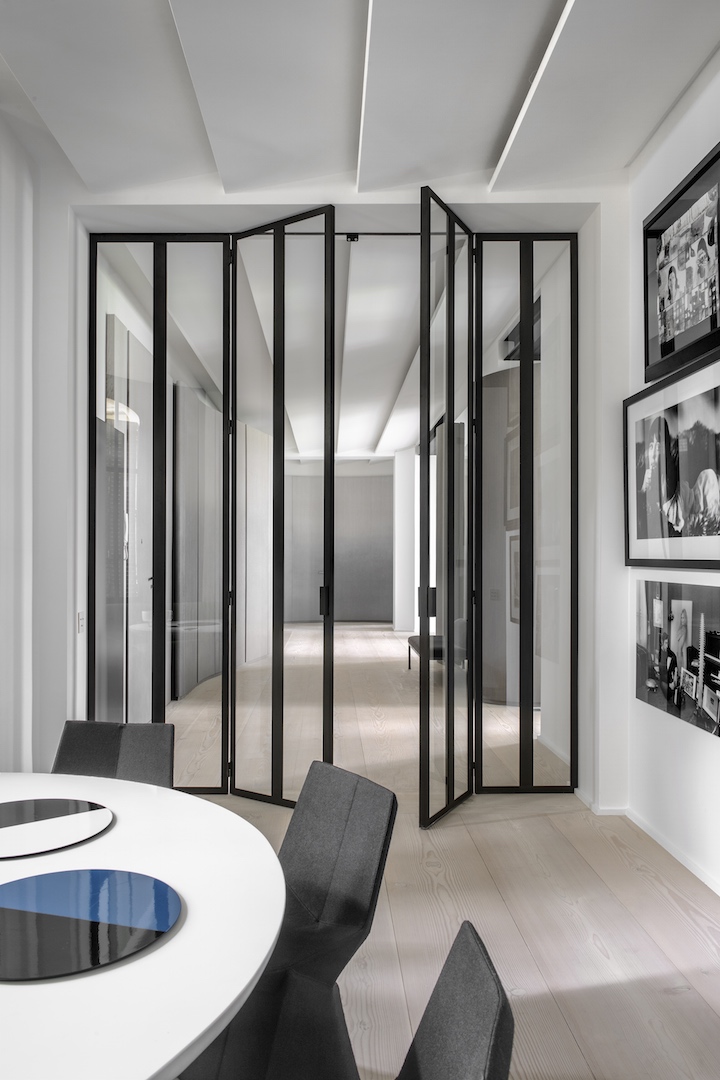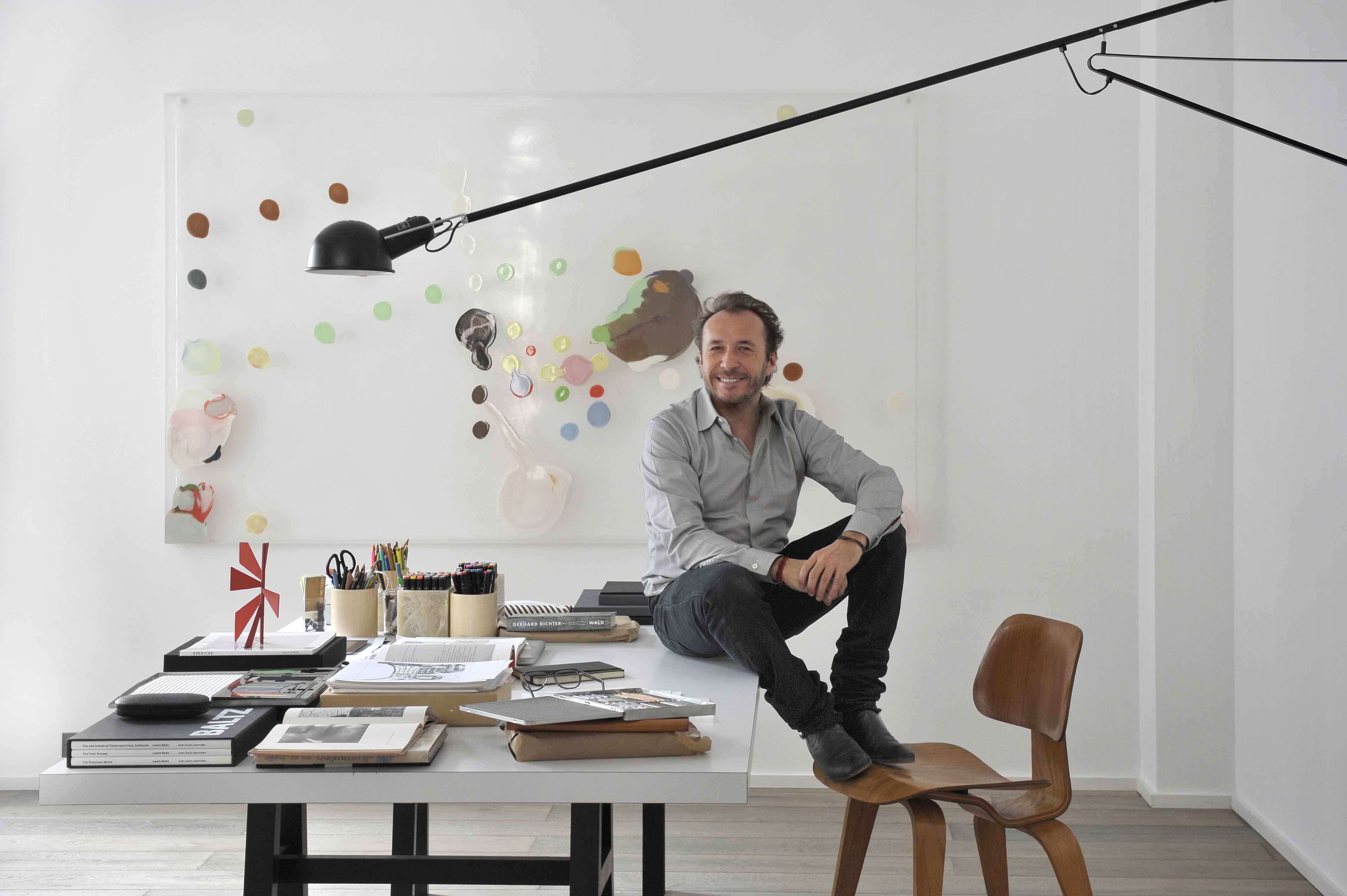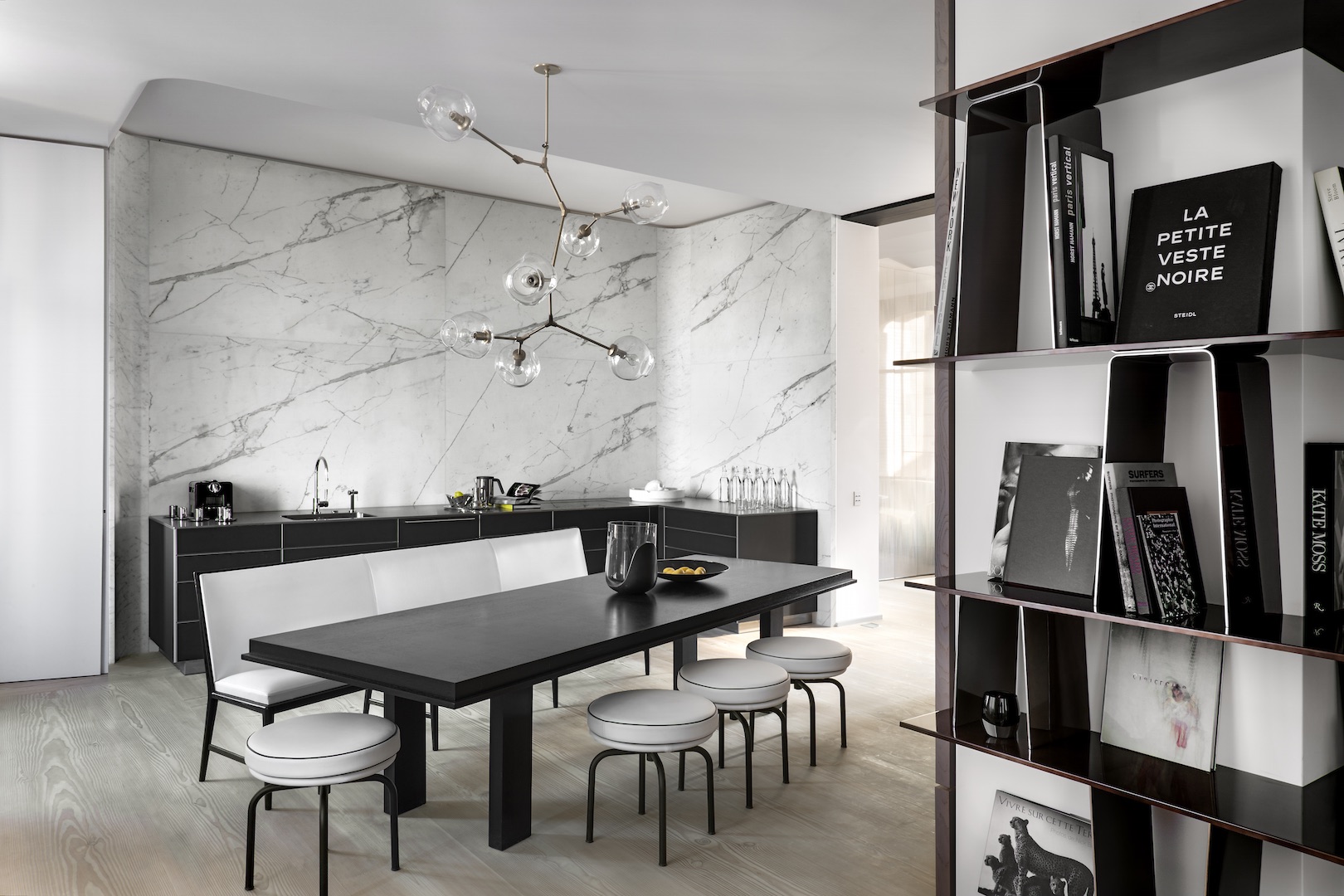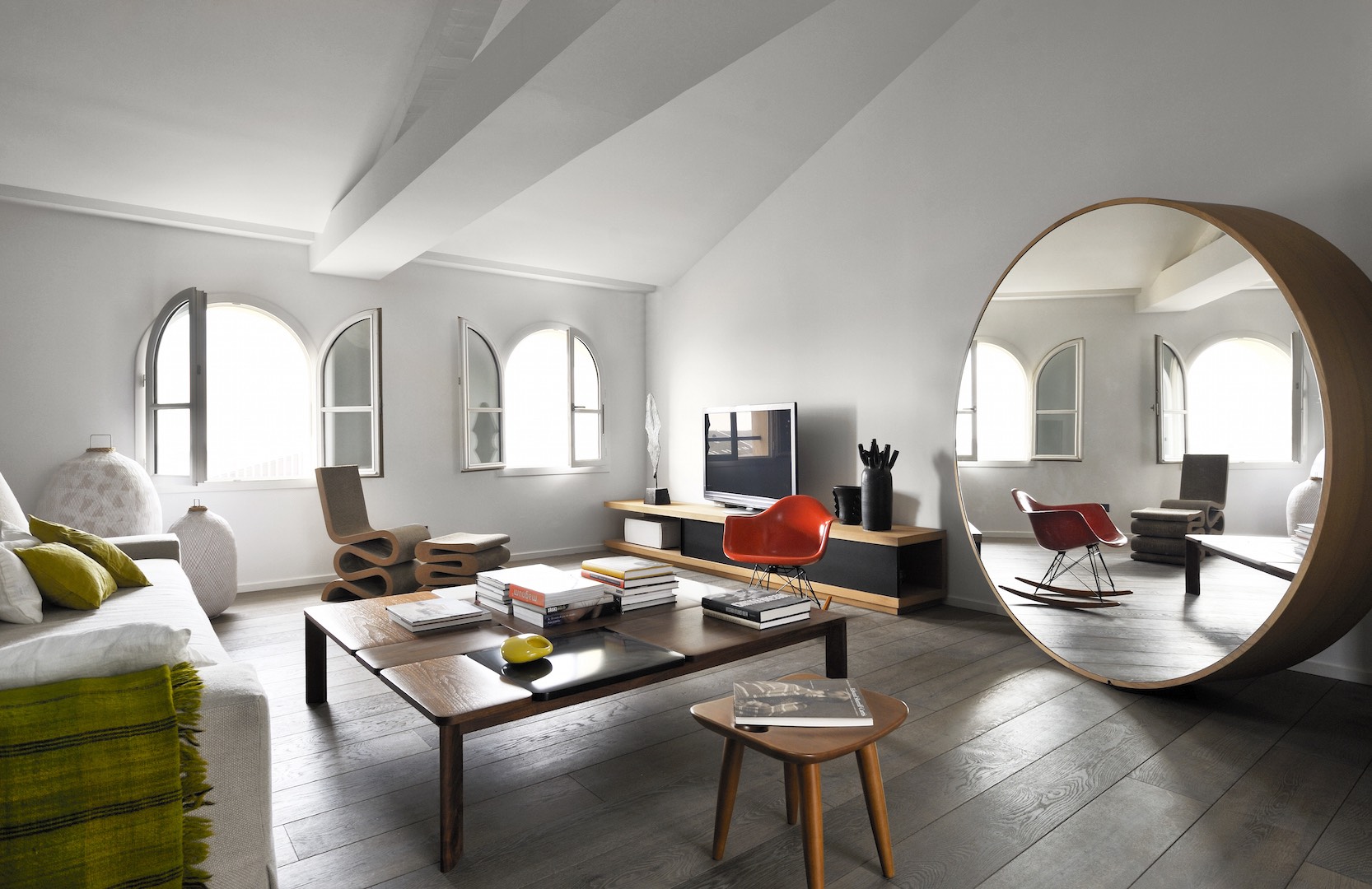“I am not a believer in trends,” says Francois Champsaur, the French designer known most recently for his transformation of Paris’ Hotel Vernet from post-Haussmann classic into contemporary haven. “Of course they exist, but I think trends do more harm than good.”
In Champsaur’s view, savoir faire and individual flair is disappearing as a result of a globalized and increasingly formatted approach to design. And he is not alone in this belief. Designers I've spoken to in Asia, the Middle East and the U.S. also comment on the importance of specificity and traditional artistry, particularly at a time when design, like fashion, is global in its reach, broad in its appeal, and a hotel suite looks the same whether you're in Bangkok, London, or Dubai.
How can designers offset the banality that characterizes much of modern international style? Champsaur, who works on luxury hotels and private residences around France does so by eschewing mass-produced furniture and products and wherever possible, incorporating work of local artisans. At Hotel Vernet, he commissioned local artists to create custom furniture, textiles, and art pieces. The revamped entry area now features glass panels hand-brushed with blanc de Meudon. In the lobby, there is a large abstract carpet by artist Jean Michel Alberola, who also painted frescoes in the lounge. Champsaur also designed a one-off piece, a rippling marble bar that recalls the work of sculptor Jean Arp and restored the iron and glass ceiling originally designed by Gustav Eiffel.

Restaurant at Hotel Vernet, benches by Francois Champsaur, tables and chairs by Lievore Alther Molina and PHS, drawings and prints by Katrin Bremermann
“Paris is about the skills of our individual craftspeople,” Champsaur says, “the furniture-makers, the woodworkers, and the people who work with fabrics. In my small way, I try to stimulate their creativity and to revitalize their valuable expertise.”
Born in Marseille, Champsaur studied at the Ecole des Beaux-Arts in Paris before joining the Ecole nationale des Arts Décoratifs (ENSAD). After working with various architects and interior designer studios, he started his own firm in 1996 focusing on structural design, furniture, and interiors. He is also an avid art collector and collects art and sculpture from the 1950s and 1960s, a period that for him, represents the “freedom and audacity” that preceded mass manufacturing. “Art is what inspires me the most because it is much less formatted than design nowadays," he says.
Artistic accents are also characteristic of Champsaur’s residential work, which he approaches in the manner of designer and sculptor. For the recent renovation of a residence in Paris’ Trocadéro neighborhood, Champsaur was tasked with a complete overhaul of a 5,382-square-foot apartment that had not been renovated in 40 years. He balanced the client’s desire for a dramatic new look with respect for the original architecture by first removing false ceilings and walls. “I wanted to strip things back to basics by focusing on strong details which have more in common with architecture than interior design,” Champsaur says.

The Trocadero apartment, Paris. Doors in glass and polished steel by Pounat, bronze and corona table by Eric Schmitt, chairs by Konstanin Crcic
Much like a sculptor, Champsaur peeled back to reveal the essence of the space. Narrow corridors, thick walls, heavy doors and dark corners were replaced by lightweight walls and partitions, open sight lines, and minimal color. Champsaur replaced the parquet with long pine boards and concealed the wardrobes and TV behind wall panels he finished in an ombré color effect.
He also adapted the apartment layout to suit contemporary lifestyles. “The kitchen has become a living room in keeping with the current trend of cooking, socializing, and eating in a large open-plan space, the heart of the home,” he explains. The marble and brass accents throughout give the residence a luxurious feeling, but one that is offset by careful attention to light and proportion.
The same attention to architectural elements is seen at a much smaller apartment Champsaur designed at a former warehouse in Marseille’s La Joliette district. Here, he unified the space by using the same flooring throughout, and in the sitting room, he cleared all fixtures and storage units.
To counter balance the ceiling height, he selected just a few furniture pieces that are bold but low to the ground. These include the Sonia stool by Sergio Rodriguez, the Bluff coffee table by India Mahdavi, the Wiggle side chair by Frank Gehry, and a "Roue De Clement" mirror-light fixture by Pascal Michalou.
Though Champsaur loves to fill his hotels and homes with art, as a designer, he is focused on the art of living and considers carefully the way a space functions for inhabitants. “For both homes and hotels, I always focus on three essential elements: the fluidity of the space, the spirit of the place, and the modernity," he says. "I try to create a lifestyle, not just a style. I believe a person’s home should be as much of a haven as a hotel is.”
Images courtesy of Francois Champsaur







